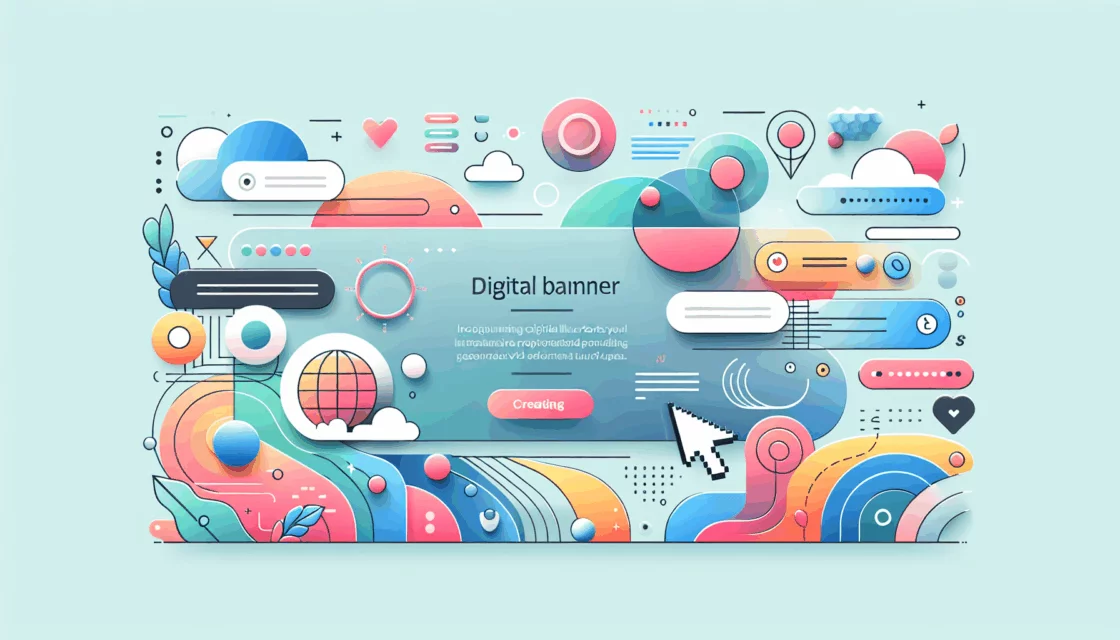
Websites with crisp, high-resolution images are more likely to engage users and elevate the overall user experience, especially on devices with retina displays. Retina displays, popularized by Apple but now common across many devices, offer a significantly higher pixel density than traditional screens, making low-resolution images appear pixelated. Optimizing your website’s images for these high-resolution screens not only enhances visual appeal but also influences user perceptions of your brand’s professionalism and quality.
Enhancing User Experience with High-Resolution Images
Optimizing images for retina displays involves creating images with a higher pixel density so they appear sharp and clear on these high-resolution screens. This process is crucial for maintaining a smooth user experience across various devices.
Why Retina Display Optimization Matters
- Performance Impact: High-resolution images can significantly increase file sizes, leading to slower page load times if not optimized correctly. Opting for a fast hosting service like Kinsta can help mitigate some of these issues, but image optimization remains essential.
- Visual Appeal: A well-optimized website with sharp images increases user engagement, improves brand perception, and can lead to higher conversion rates, especially in e-commerce sites.
Strategies for Optimizing Images
1. Use High-Resolution Images
To ensure images look sharp on retina displays, they should be at least twice the resolution of what is needed. For example, if an image needs to be 400 x 400 pixels, use an image that is 800 x 800 pixels.
2. Apply CSS for Image Scaling
Use CSS to scale down high-resolution images to the desired size, ensuring they appear sharp while minimizing file sizes.
/* Example CSS to scale down an image */
.img-retina {
width: 400px;
height: 400px;
}
You can then apply this class to your images:

3. Utilize Plugins for Easy Optimization
For WordPress users, plugins like WP Retina 2X are invaluable. This plugin automatically generates high-resolution images and handles the switching between normal and retina versions, ensuring that your images are optimized without requiring manual intervention.
4. Select the Right File Formats
- JPEG and PNG: Suitable for most web images. JPEG offers better compression for colorful images, while PNG is ideal for images with transparency or few colors.
- WebP: This modern format provides superior compression with both lossless and lossy techniques, making it an excellent choice for optimizing images without sacrificing quality.
5. Implement Lazy Loading
Lazy loading ensures that only visible images are loaded initially, which can significantly improve page load times and enhance user experience.
Advanced Techniques for Retina Optimization
1. Use Media Queries for High-Resolution Styles
Media queries allow you to target devices with high-resolution screens and apply specific styles to optimize their display.
2. Utilize SVG for Scalable Graphics
SVG files maintain their clarity at any resolution, making them perfect for icons and graphics that need to look sharp on retina displays.
3. Regularly Test and Audit Images
Ensure that your website’s images are consistently optimized by regularly monitoring page speed metrics like First Contentful Paint (FCP) and Largest Contentful Paint (LCP).
Case Studies and Real-World Examples
Belov Digital Agency’s Experience
At Belov Digital Agency, optimizing images for retina displays has been a key strategy in enhancing client websites. By ensuring that images are high-resolution and compressed appropriately, we have seen improvements in both page load times and user engagement.
Conclusion and Recommendations
Optimizing images for retina displays is a critical aspect of modern web design, enhancing user experience and contributing to better conversion rates. By using high-resolution images, employing CSS for scaling, leveraging plugins like WP Retina 2X, selecting appropriate file formats, and implementing lazy loading, you can ensure your website looks professional and performs well across all devices.
For those looking to further refine their website’s performance, reaching out to Belov Digital Agency for expert guidance can be a strategic step. Additionally, consider using reliable hosting solutions like Kinsta to complement your optimization efforts.
To dive deeper into web optimization techniques and stay updated on the latest web design trends, explore resources such as Web Designer Depot and Smashing Magazine.














